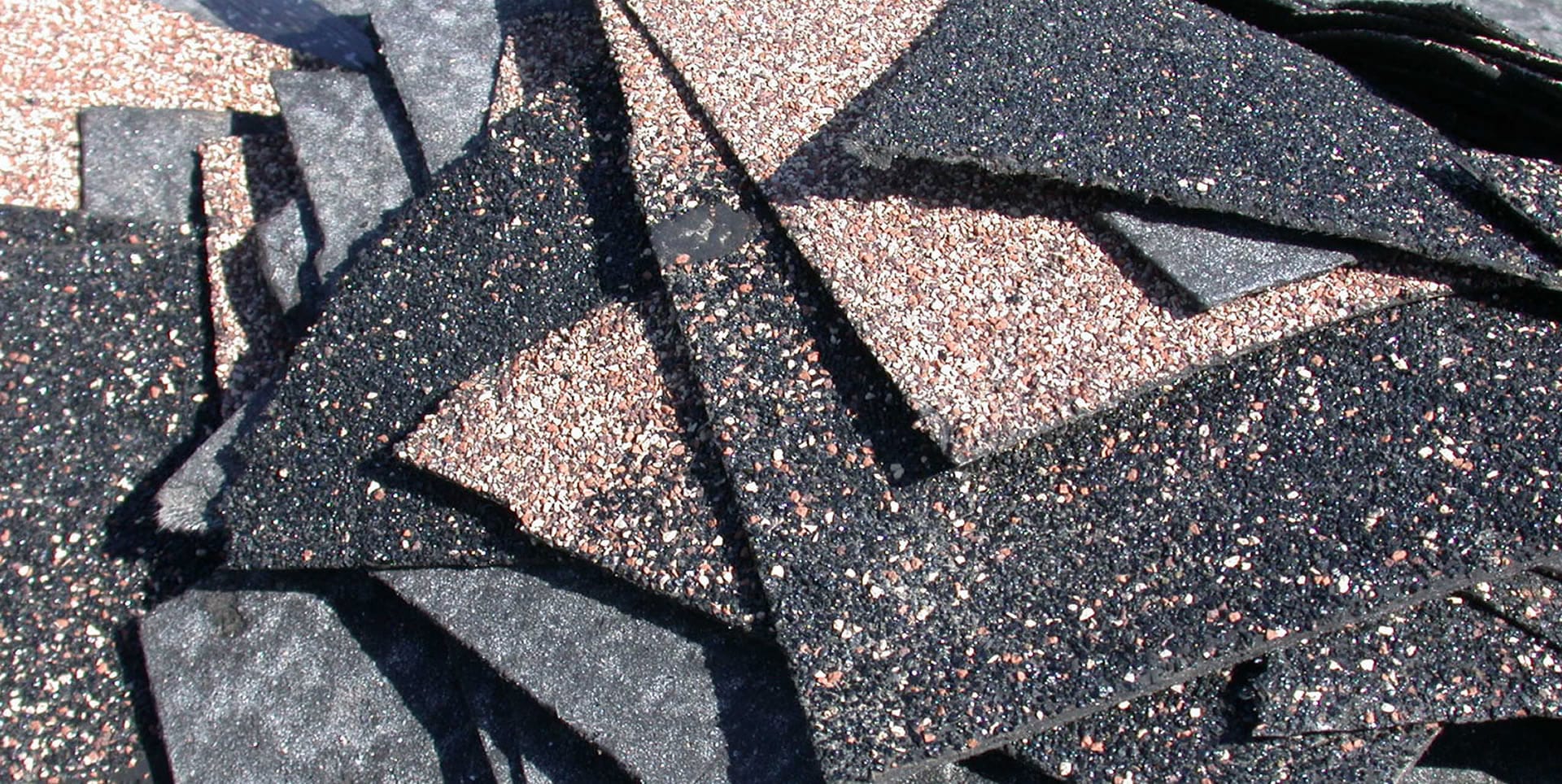What Should I Do To Prepare For Having My Roof Replaced?

A roof replacement is a significant home improvement project that requires careful preparation. Taking the right steps before the job begins can help minimize stress, protect your property, and ensure the process goes smoothly. The following are some essential actions to consider when preparing for your roof replacement.
Schedule an Inspection and Choose a Contractor
Before jumping in, be sure to schedule a professional roof inspection. This step helps to confirm whether a complete replacement is necessary or if repairs might suffice. A roofer will assess the extent of damage, the current condition of your roof, and any underlying issues, such as leaks or structural damage. It also allows the contractor to provide an accurate estimate for the work needed.
Choosing the right contractor is vital – you want a contractor who is licensed, insured, and has a good track record of quality workmanship. It’s a good idea to research potential contractors by reading reviews, asking for recommendations from friends or neighbors, and checking for any complaints through the Better Business Bureau (BBB). Once you’ve narrowed down your choices, ask contractors for quotes and inquire about their warranties, experience with different roofing materials, and project timelines. A good contractor should be transparent and able to answer any questions you may have.
Prepare Your Home and Surrounding Landscape
Replacing a roof can involve heavy equipment, ladders, and lots of debris. Before work begins, make sure to clear the area around your home to give workers space and protect your property. If possible, park your car down the street or in a neighbor’s driveway for the duration of the work. This will also give the roofing team easy access to your home for unloading materials and equipment.
The roof replacement process can cause debris to shake loose in your attic and other parts of your home. To protect your belongings, it’s important to cover items in the attic with plastic sheets or tarps. You may also want to remove any fragile items, such as glassware, picture frames, or other valuable items. Additionally, check that any ceiling fixtures (such as chandeliers or ceiling fans) are securely fastened.
Your landscaping can be vulnerable during a roof replacement, as falling shingles, nails, and other debris might damage plants, shrubs, or flowers. To minimize potential harm, cover flower beds and delicate plants with tarps or plywood. You may also want to mark off specific areas where workers should avoid stepping. If you have larger landscaping features like trees or bushes close to your home, communicate with your roofing contractor so they can take extra care around those areas or make adjustments to their working strategy.
Plan for Noise and Disruptions
Roof replacements can be very noisy; between the hammering, drilling, and moving of materials, your daily routine can be easily disrupted. If you work from home or have children or pets, it’s essential to plan ahead and consider finding an alternative workspace or arrange for them to stay with a relative or neighbor during the construction. The presence of strangers, loud noises, and falling debris can pose risks, so it’s best to keep them away from the construction site. Discuss with your contractor about safety barriers and any specific concerns you have about keeping your family safe while the work is being completed.
Discuss Scope and Timeline
One of the best ways to ensure a smooth roof replacement is by discussing the project timeline and scope with your contractor. Clarifying even the smallest of details can help you manage your expectations. Additionally, go over the materials that will be used, the total cost, and what is included in the contractor’s service (like clean-up and debris removal). Having a detailed contract with these specifics will provide peace of mind throughout the project.
Prepare for Delays and Cleanup
Weather plays a critical role in roofing work, and sometimes unforeseen weather conditions can cause delays. Be aware that contractors may need to pause work due to rain, high winds, or extreme temperatures. Discuss with your contractor how they handle weather-related delays and whether any contingency plans are in place. It’s also wise to ask how they protect your home in case of bad weather during the project.
Once the roof replacement is complete, there’s usually a fair amount of debris left behind. Talk to your contractor about their cleanup process, including how they dispose of old roofing materials, nails, and other waste. A professional contractor should include cleanup as part of their service, leaving your property in the same condition it was before work began. Make sure that they also use a magnet to sweep your yard for stray nails, which can be a common post-installation hazard.
By following these steps, you can ensure your roof replacement project goes as smoothly as possible. If you have any questions or need to schedule an inspection or roof replacement, contact us today!




